In the ever-evolving field of architecture and interior design, the concept of modern home design has emerged as a powerful force, redefining the way we look and live in our living spaces. With an emphasis on clean lines, innovative materials and a seamless blend of indoor and outdoor spaces, modern home design has become synonymous with contemporary living.
Key Principles of Modern Home Design
Minimalism and Simplicity
Modern home design often adopts the principle of minimalism, where less is more. Clean lines, uncluttered spaces, and focus on essential elements create a feeling of openness and calm.
Integration with Nature
One of the hallmarks of modern design is the effort to bring the outdoors inside. Large windows, glass walls, and strategic placement of greenery blur the boundaries between interior and exterior, fostering a connection with nature.
Open Floor Plans
Gone are the days of separate living spaces. Modern homes prefer open floor plans that promote fluidity and interaction between family members. The kitchen, living room, and dining area come together as one.
Use of New Materials
From smooth metals to durable woods, modern home design explores a diverse palette of materials. Architects often push the boundaries with experimental use of concrete, steel, and recycled elements to create visually stunning and eco-friendly homes.
Functional Space
Kitchen Design in Modern Homes
Modern kitchens give priority to functionality and aesthetics. Well-organized cabinets, high-tech appliances, and an efficient layout meet the needs of a contemporary lifestyle.
Smart use of Living Spaces
With the trend towards smaller homes, maximizing space has become important. Modern design cleverly utilizes every corner, turning even the smallest corners into functional and stylish areas.
Multifunctional Rooms
Customizable spaces that serve multiple purposes are the hallmark of modern home design. A home office that also doubles as a guest room or a living room that transforms into a home theater reflects the versatility of modern living.
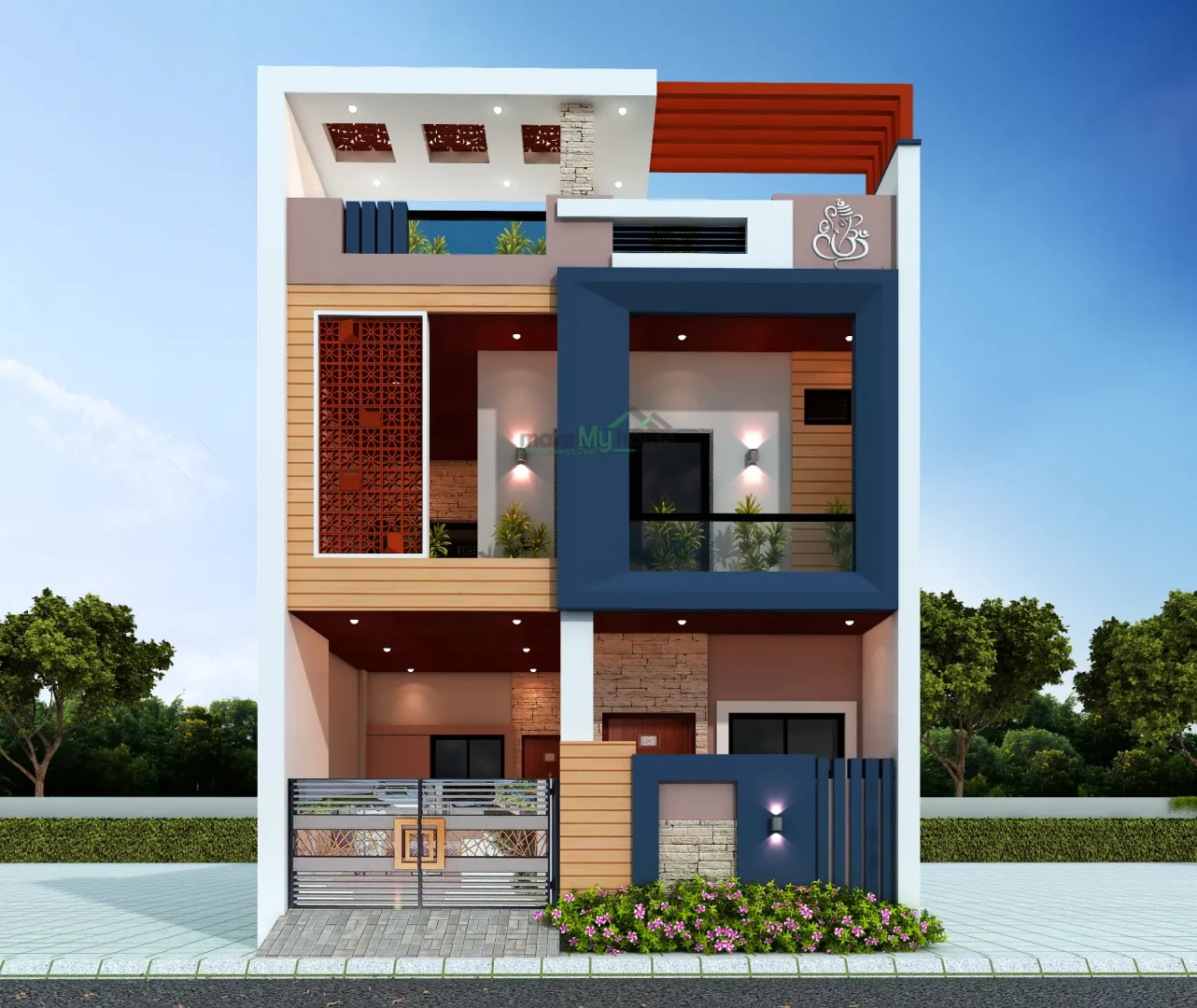
Innovative Architectural Features
Large Windows and Natural Light
Abundant natural light is a defining feature of modern homes. The expansive windows not only showcase the surrounding landscape but also contribute to a bright and uplifting interior.
Sustainable Design Elements
Environmental consciousness is at the forefront of modern design. From solar panels to green roofs, architects integrate sustainable features that reduce the environmental impact of homes.
Smart Home Technology Integration
Modern homes adopt technology to increase convenience and efficiency. Smart thermostats, lighting and security features can be seamlessly integrated into the design, giving homeowners a futuristic living experience.
Furniture and Interior Decoration
Contemporary Furniture Styles
Furniture in modern homes is a blend of comfort and contemporary aesthetics. Clean lines, geometric shapes, and a focus on functionality characterize modern furniture design.
Neutral Color Palettes
Neutral tones dominate the color schemes of modern interiors. White, gray, and earthy colors create a timeless backdrop that allows architectural features and decor to shine.
Art and Decor as a Focal Point
In a minimalist setting, art and decor play an important role. Strategically placed statement pieces add character and personality to modern spaces.
Outdoor Living Spaces
Landscape and Garden Design
Modern home design extends beyond the four walls, to outdoor spaces. Thoughtful landscaping, Zen gardens, and sustainable practices add to the overall appeal of the property.
Patios, Decks, and Outdoor Entertaining Areas
Making a seamless transition from indoor to outdoor living, modern homes often have well-designed patios and decks. These spaces become a natural extension of the interior, perfect for relaxation and entertainment.
Seamless Indoor-Outdoor Transition
Sliding glass doors and open layouts facilitate a harmonious connection between indoor and outdoor areas. This design choice not only enhances the sense of space but also allows residents to fully appreciate the surrounding environment.
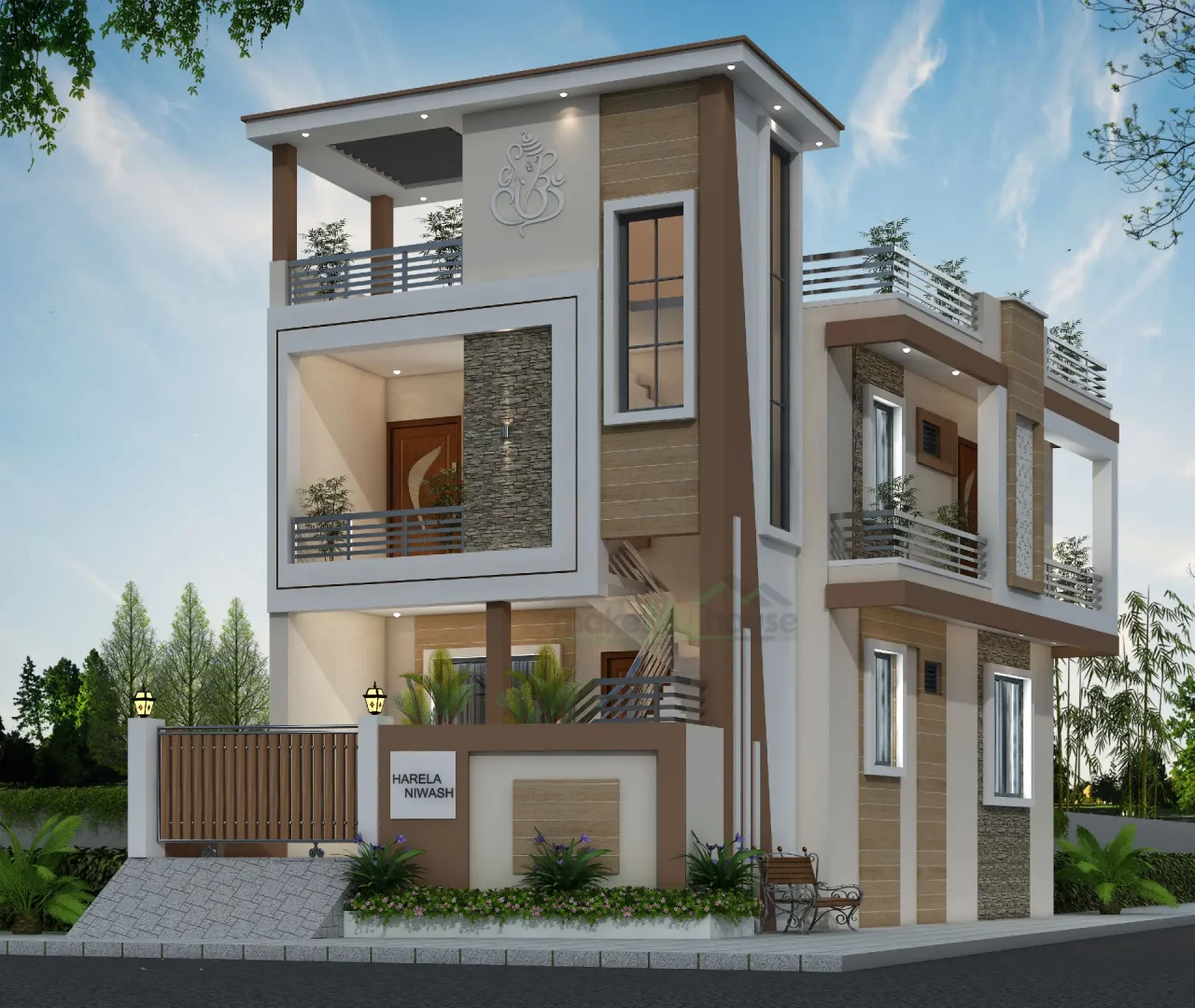
Energy Efficiency and Sustainability
Green Building Practices
Modern home design emphasizes eco-friendly construction methods. From passive solar design to energy-efficient insulation, green building practices contribute to a more sustainable future.
Energy-Efficient Equipment and Systems
The integration of energy-efficient appliances, lighting, and HVAC systems not only reduces utility bills but also aligns with the eco-conscious ethos of modern design.
Use of Renewable Materials
Architects and designers are increasingly turning to renewable and recycled materials in construction. Bamboo flooring, reclaimed wood, and recycled steel are some examples of sustainable choices that contribute to the environmental footprint of the modern home.
Cost-effective Modern Design Ideas
Affordable Design Solutions
Modern design doesn’t have to break the bank. Creative and affordable solutions, such as DIY projects and upcycling, can transform a space into a modern paradise without the hefty price tag.
DIY Projects for Modern Aesthetics
From custom shelving to accent walls, many modern design elements can be achieved through do-it-yourself projects. Embracing one’s creativity adds a personal touch to the modern home.
Popular Modern Home Designs
Examples of Iconic Modern Homes
Check out famous modern homes,
From mid-century masterpieces to contemporary architectural marvels, the range offers inspiration for those looking to bring modernity into their living spaces.
Architects and designers known for modern concepts
Acknowledging the visionaries behind modern design, from Frank Lloyd Wright to contemporary architects like Zaha Hadid, provides insight into the evolution of modern home design.
Challenges in modern home design
Balancing aesthetics and functionality
While aesthetics are paramount, modern design must also meet the functional needs of the residents. Striking the right balance ensures a home that is both beautiful and practical.
meeting personal preferences
Modern design is diverse, and what pleases one person may not please another. Tailoring design choices to personal preferences is the key to creating a truly personalized modern home.
overcoming space constraints
In urban environments, space is often limited. Modern design addresses this challenge by maximizing space efficiency and adopting creative solutions to make the most of available square footage.
Future trends in modern home design
evolution of architectural styles
As technology and social preferences evolve, so does modern design. Keeping an eye on emerging architectural styles helps homeowners stay ahead of design trends.
Technological advances shaping design
The integration of cutting-edge technologies like 3D printing and smart home innovation is reshaping the landscape of modern home design, offering new possibilities for customization and efficiency.
Sustainable and eco-friendly innovations
The future of modern design is inherently linked to sustainability. Advances in eco-friendly materials and practices are expected to ensure that modern homes continue to leave a positive impact on the environment.
Tips for Incorporating Modern Design Elements
Gradual change for traditional houses
For those transitioning from traditional to modern aesthetics, the introduction of elements gradually eases the transition. Experimenting with modern decor in specific rooms or with key furniture pieces allows for seamless integration.
Budget-Friendly Upgrade
Modernizing a home doesn’t always require major changes. Budget-friendly upgrades, such as new light fixtures, statement rugs, or accent walls, can have a significant impact on the overall ambiance.
seek professional advice
When in doubt, consulting a professional designer or architect can provide valuable information. Their expertise ensures that design choices are in line with the homeowner’s vision and lifestyle.
personalizing modern spaces
Adding a personal touch to modern design
Contrary to the misconception that modern design lacks warmth, adding personal touches adds character to modern spaces. Family photos, heirlooms, and personal artifacts can harmoniously co-exist with contemporary elements.
Customization Options for Homeowners
The modern design is versatile, allowing homeowners to customize their space to their liking. From customizable furniture to unique color palettes, the possibilities for personalization are endless.
Case Studies: Successful Modern Home Conversions
stories before and after
Exploring real-life changes shows the impact of modern design on the functionality and aesthetics of homes. The before and after stories provide concrete examples of the positive changes that modernization can bring.
Impact on the Lifestyle of Homeowners
Beyond aesthetics, modern design can significantly enhance the way residents live their lives. Case studies highlight positive impacts on lifestyle, from increased energy efficiency to improved well-being.
conclusion
Ultimately, modern home design is a dynamic and multidimensional approach to creating living spaces that reflect the spirit of our times. From the principles of minimalism to the integration of cutting-edge technologies, modern homes epitomize a harmonious blend of form and function. As we look to the future, the evolution of modern design promises exciting innovations and sustainable solutions, ensuring that our homes remain places that continue to inspire and rejuvenate.
Questions to ask
1. Is modern house design only suitable for new construction?
– Modern design principles can be applied to both new construction and renovation of existing homes. Architects and designers often find creative ways to integrate modern elements into a variety of settings.
2. What are some budget-friendly ways to incorporate modern design?
– Affordable upgrades like new lighting, accent walls, and contemporary accessories can instantly modernize a space without a huge financial investment.
3. How can I personalize a modern home without compromising its design?
– Personalization in modern homes can be achieved through strategic placement of personal artworks, family photographs, and unique decor items. It’s all about finding a balance between modern aesthetics and a personal touch.
4. Are there specific challenges associated with modern home design in an urban environment?
– Lack of space is a common challenge in urban areas. Modern design addresses this by maximizing space efficiency and using creative solutions to make the most of the available square footage.
5. What role does sustainability play in modern home design?
– Sustainability is an important aspect of modern design, with architects and designers increasingly incorporating green building practices, energy-efficient systems, and renewable materials to reduce environmental impact.
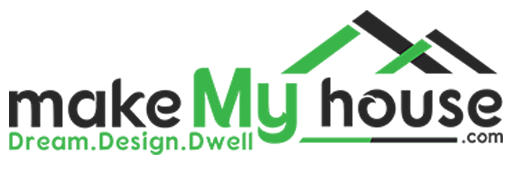

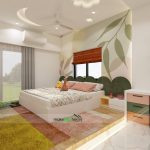
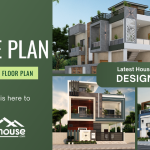
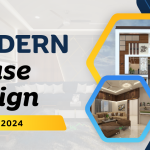



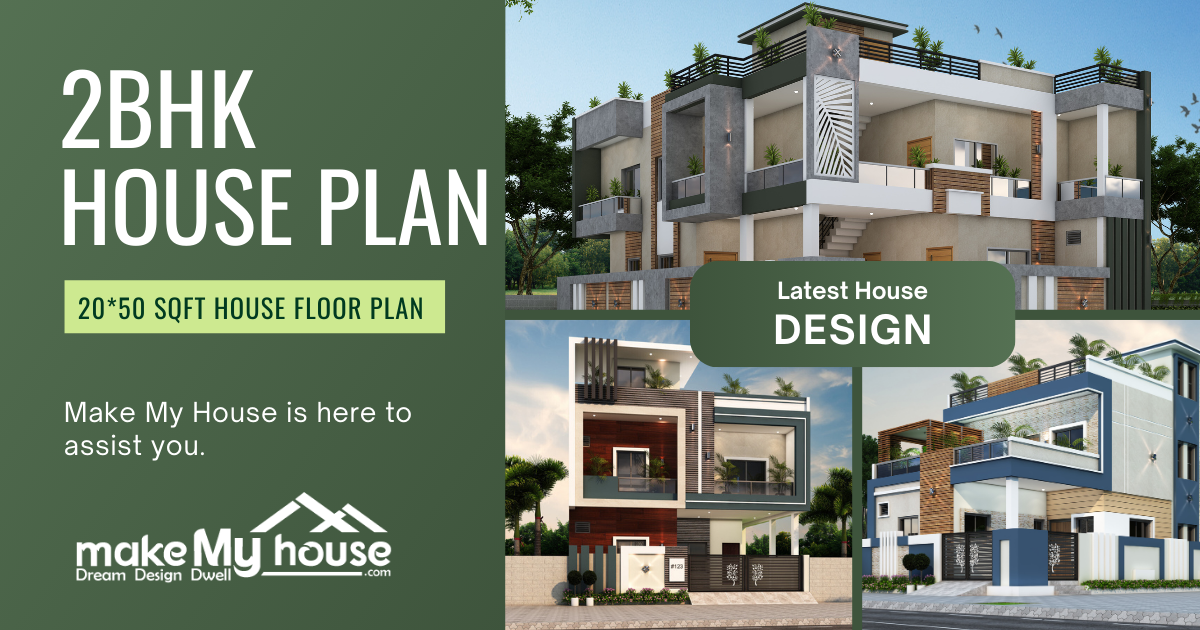
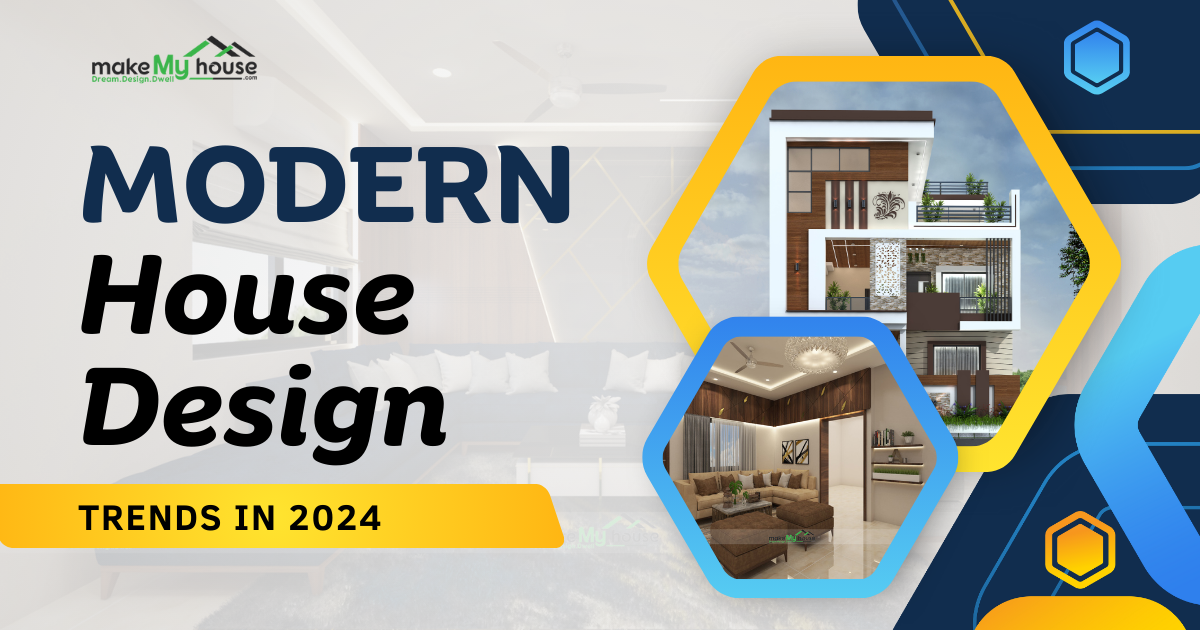
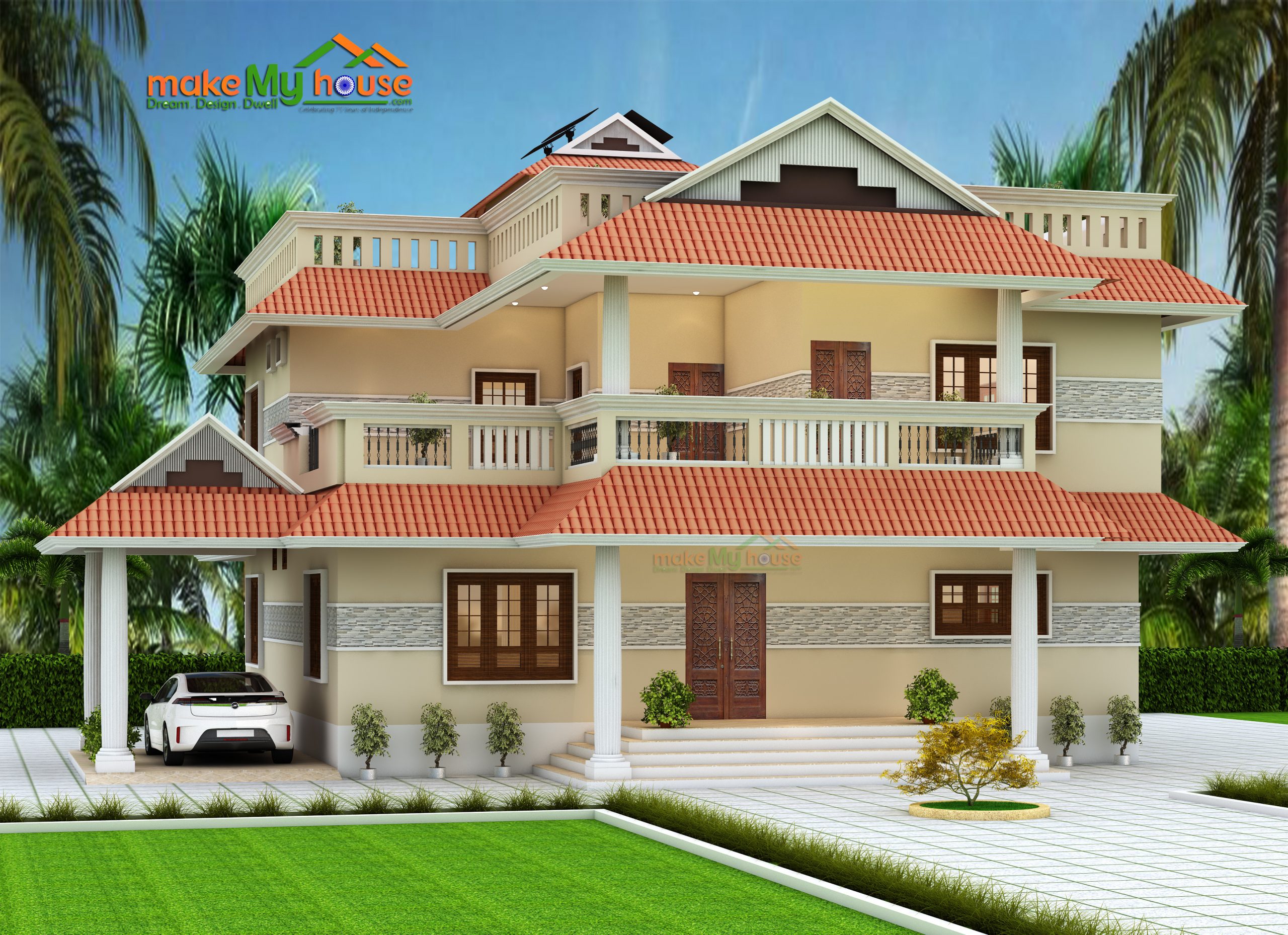
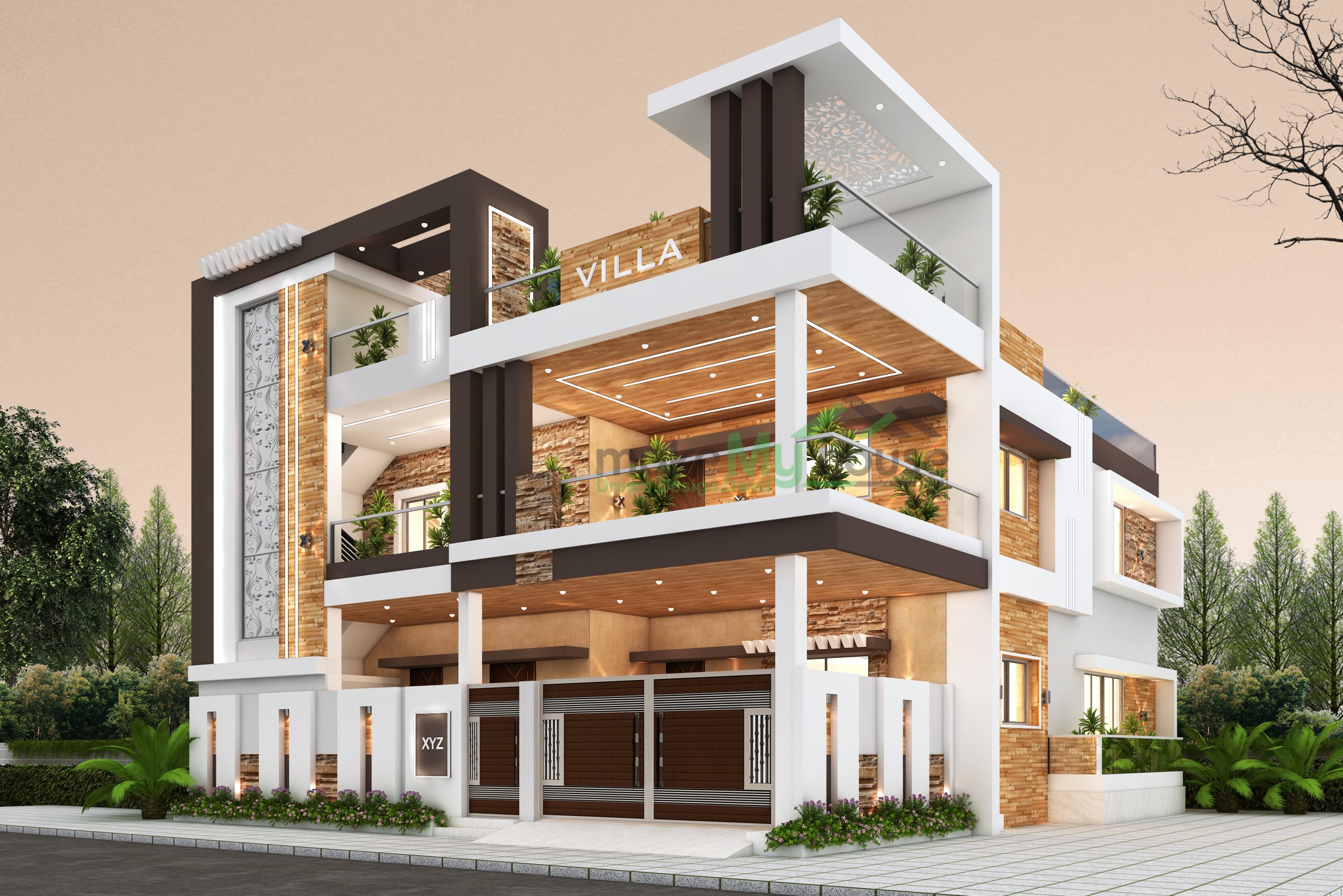
What a great article,